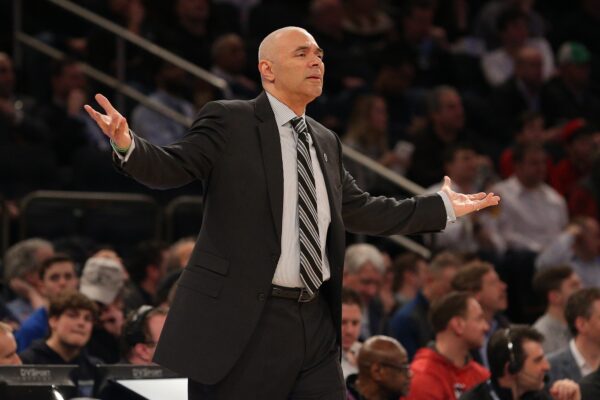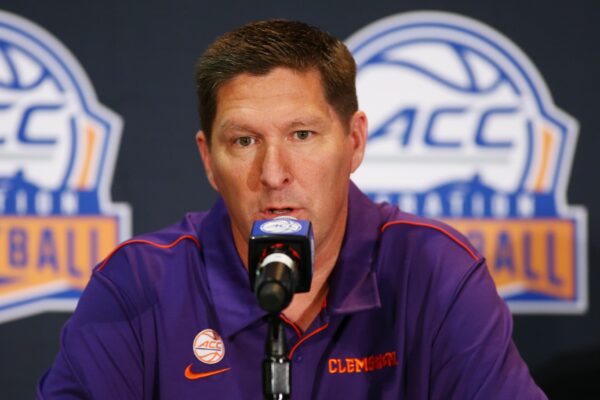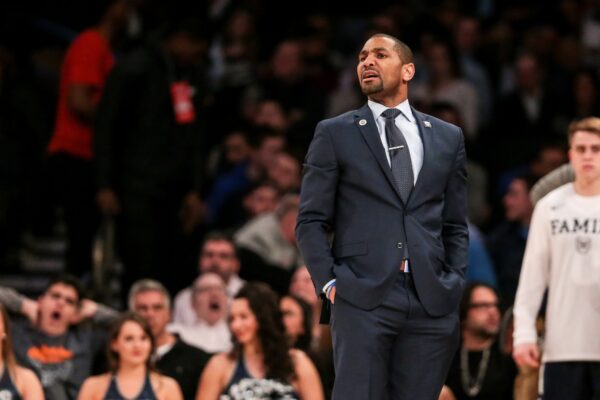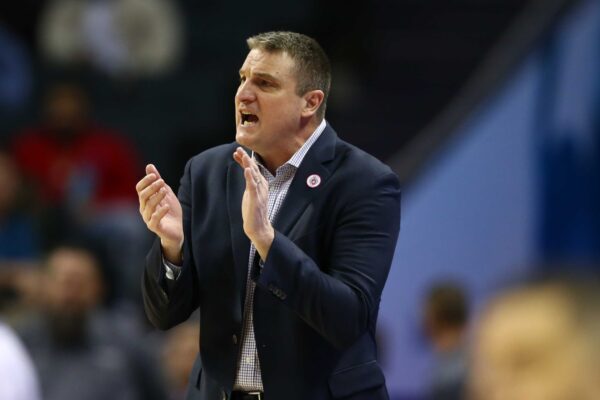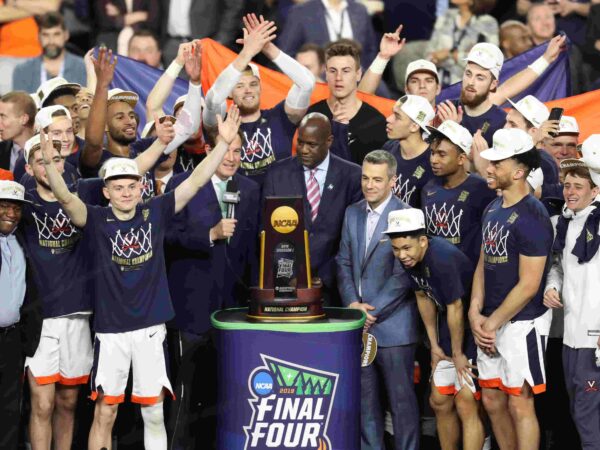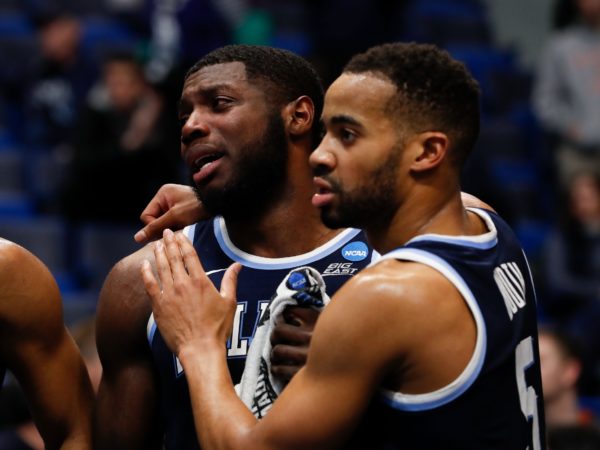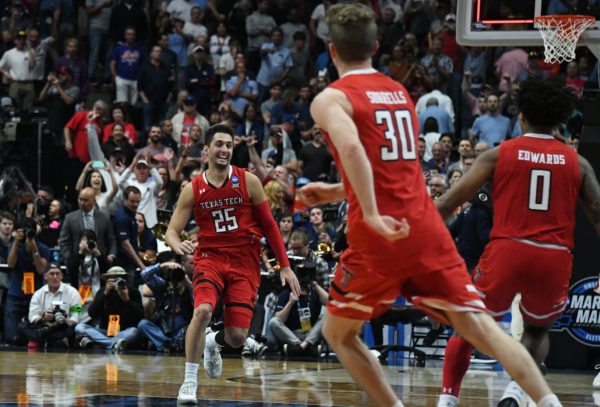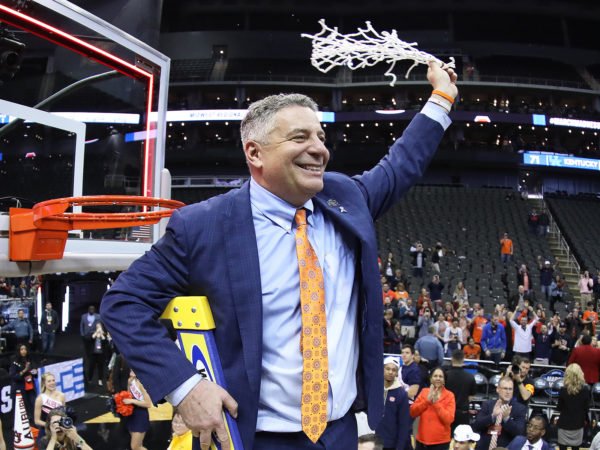ACC Burning Questions, Part 3: NC State, Notre Dame & Miami
Posted by Brad Jenkins on October 28th, 2019N.C. State Burning Question: Will the Wolfpack’s frontcourt be good enough?
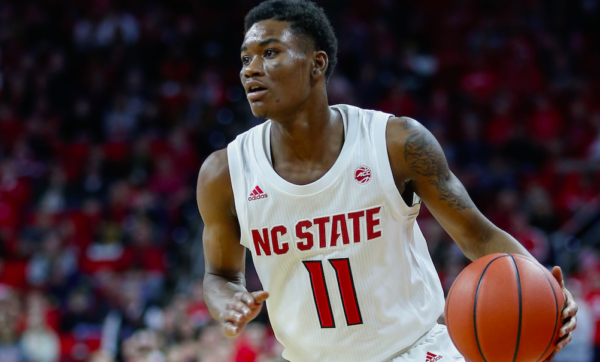
For Kevin Keatts to lead the Wolfpack back to the NCAA Tournament in his third season in Raleigh, he must find a way to develop a better interior group — especially defensively — to complement his potent backcourt. Last year, NC State allowed its ACC opponents to make 51.6 percent of their two-point tries (13th in the ACC) and ranked ninth in the league in defensive rebounding. And, oh yeah, the Wolfpack lost their two best defensive rebounders (Torin Dorn and Wyatt Walker). Further mucking things up is the status of NC State’s best returning big man, DJ Funderburk who is serving an indefinite suspension. Even with Funderburk available, Keatts would have to rely on newcomers to help man the post. Redshirt freshman Manny Bates should bring rim protection, but his offense is a question mark. Lehigh graduate transfer Pat Andree is known for his outside shooting touch (41.9% 3FG last year) but entering the ACC will be a big step up in competition for him.
There is a plethora of talent and experience available on the Wolfpack’s perimeter. Leading the way will be senior point guard Markell Johnson (12.6 PPG, 4.2 APG, 42.2% 3FG) and his returning running mate, junior Braxton Beverly (9.4 PPG, 2.5 APG). On the wing, expect a pair of former transfers to show improvement in their second go-around in Raleigh. C.J. Bryce (11.6 PPG) and Devon Daniels (9.3 PPG) are the prototypical players to fit Keatts’ style. They both can shoot from distance, attack off the dribble, and harass opposing ball-handlers. Blake Harris recently decided to transfer out of the program, but that still leaves plenty of outside firepower. However, for NC State to return to the Big Dance, the guards will need help from their bigger buddies.
Notre Dame Burning Question: Will the Irish make some shots this year?
Read the rest of this entry »




























